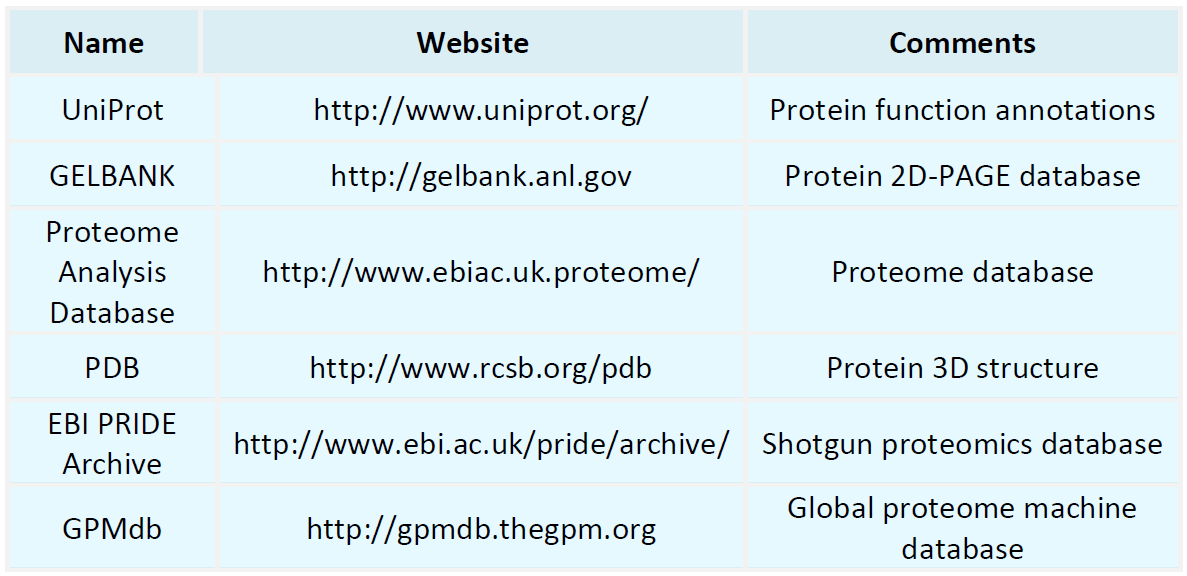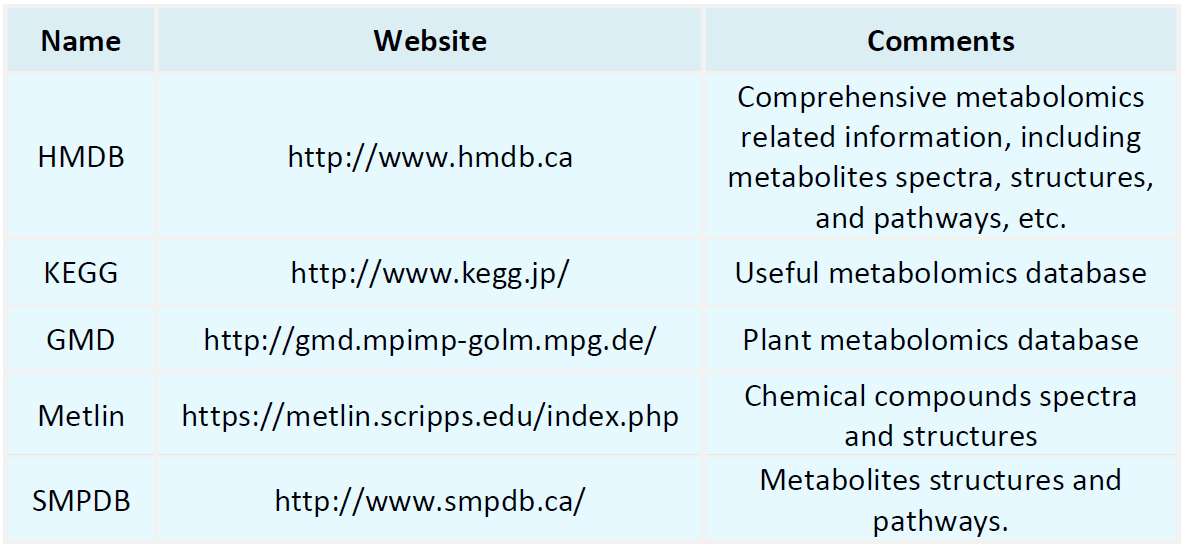Resources
Proteomics Databases

Metabolomics Databases

-
• Common Pitfalls in DIA Proteomics Data Analysis and How to Avoid Them
Data-Independent Acquisition (DIA) has emerged in recent years as a major advancement in mass spectrometry, progressively replacing Data-Dependent Acquisition (DDA) and becoming the preferred strategy for quantitative proteomics. Owing to its high throughput, low rate of missing values, and strong reproducibility, DIA is particularly well-suited for large-scale proteomic analyses involving complex biological samples. However, DIA proteomics data analysis requires a certain level of expertise, and .......
-
• Common Research Strategies for Post-Translational Modification
In eukaryotic cells, the structure and function of proteins are not solely determined by their amino acid sequences, but are also profoundly influenced by post-translational modifications (PTMs). PTMs are enzyme-catalyzed chemical modifications that occur following translation and play critical roles in various biological processes, including cell signaling, regulation of gene expression, the cell cycle, and immune responses. Given their central involvement in both physiological and pathological.......
-
• Overview of Post-translational Modifications (PTMs) Analysis
Proteins play fundamental roles in virtually all biological processes, from signal transduction to the maintenance of cellular architecture. However, newly synthesized proteins are not functionally active immediately following translation; they typically require a series of post-translational modifications (PTMs) to become functionally competent, properly localized within subcellular compartments, or targeted for degradation. These modifications endow proteins with regulatory complexity and serve as........
-
• How Can Post-Translational Modifications Reveal the Truth of Diseases
In life sciences research, proteins serve as the direct functional units responsible for executing diverse and essential biological processes. However, a protein's functional state is not solely determined by its amino acid sequence—it is also intricately regulated by post-translational modifications (PTMs). PTMs refer to chemical alterations, either enzymatic or non-enzymatic, that occur on specific amino acid residues after protein biosynthesis. Common types of PTMs include phosphorylation, acetylation...
-
Post-translational modifications (PTMs) play a central role in regulating cellular functions and are extensively involved in biological processes such as signal transduction, cell cycle control, and metabolic reprogramming. Systematic investigation of PTM dynamics is critical for understanding disease mechanisms and identifying biomarkers. With the rapid advancements in mass spectrometry (MS), PTM proteomics has emerged as a pivotal tool in life science research. This review focuses on the principles of....
-
• Applications and Advantages of Mass Spectrometry in Post-Translational Modifications Analysis
Post-translational modifications (PTMs) are covalent enzymatic alterations that occur after protein translation, including phosphorylation, acetylation, ubiquitination, and methylation. These modifications regulate protein activity, subcellular localization, molecular interactions, and degradation. They represent essential molecular mechanisms for maintaining cellular homeostasis and for responding to environmental stimuli. However, the inherent complexity and dynamic nature of PTMs present significant.....
-
• From TMT to SWATH: Evolution of Quantitative Proteomics Technologies
In proteomics research, quantitative analysis of proteins plays a pivotal role in elucidating cellular states, understanding disease mechanisms, and identifying potential biomarkers. With the rapid advancement of mass spectrometry (MS) technologies, protein quantification approaches have evolved significantly—from early 2D gel-based techniques to modern high-throughput platforms such as Tandem Mass Tag (TMT) and Sequential Window Acquisition of All Theoretical Mass Spectra (SWATH). This review outlines ....
-
• How 4D-DIA Enhances Protein Identification in Complex Samples?
In proteomics research, sample complexity is a critical factor influencing data quality. Biological specimens such as tissue, body fluids, and archived clinical materials typically exhibit a wide diversity of proteins, a broad dynamic range of abundance, and the presence of numerous interfering substances—factors that pose significant challenges for protein identification and quantification. Although Data-Independent Acquisition (DIA) technology offers high reproducibility and throughput, it often suffers..
-
• GPF-DIA vs Direct DIA: Which is Better for Large-Scale Protein Quantification?
In large-scale proteomics research, Data-Independent Acquisition (DIA) has become a mainstream approach due to its high throughput, excellent reproducibility, and comprehensive data coverage. The advancement of DIA has fostered the development of multiple strategies, with GPF-DIA (Gas Phase Fractionation DIA) and Direct DIA being the most prevalent. These two methods differ significantly in spectral library construction, experimental workflow, and application scenarios. This article presents a systematic...
-
• DIA Proteomics Services for Cancer Biomarker Discovery
Cancer is a highly heterogeneous and complex disease, characterized by diverse molecular mechanisms and intricate biological pathways underlying its initiation and progression. Despite continued advancements in therapeutic strategies, early diagnosis remains a critical determinant for improving cancer prognosis. The discovery and validation of biomarkers represent a pivotal approach for enabling early detection, disease surveillance, and therapeutic response prediction. Among the various omics .......
How to order?







